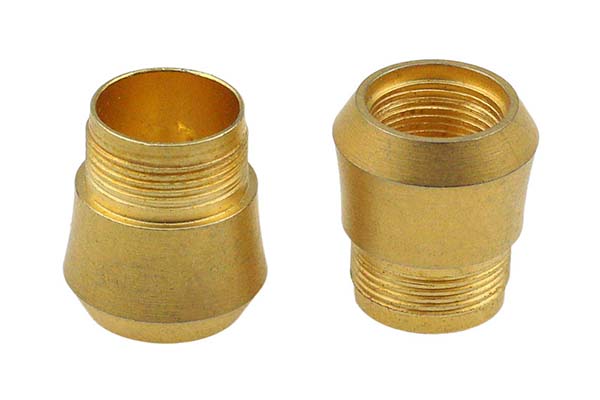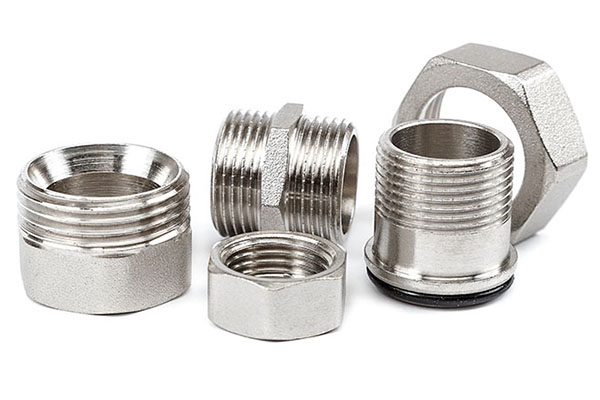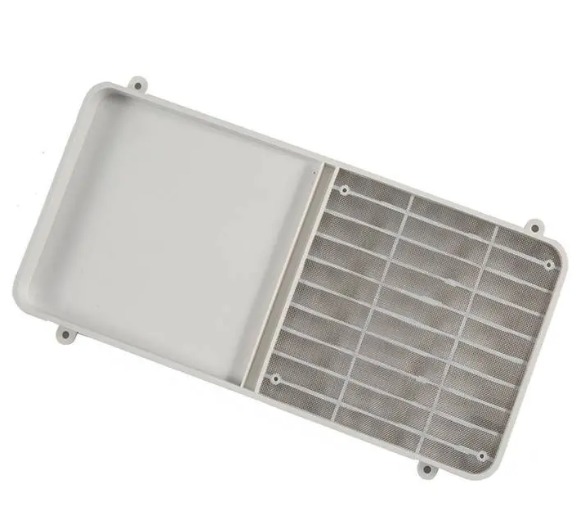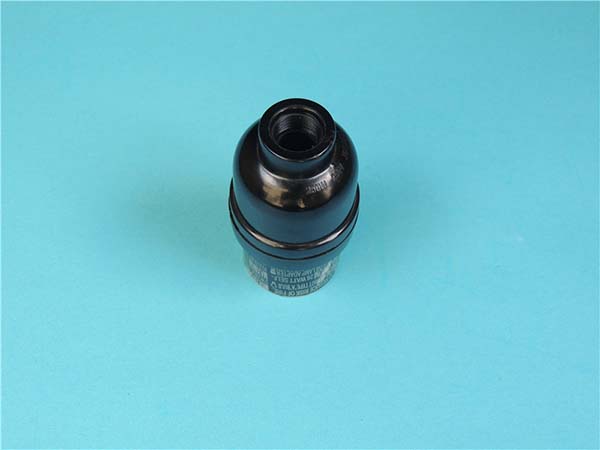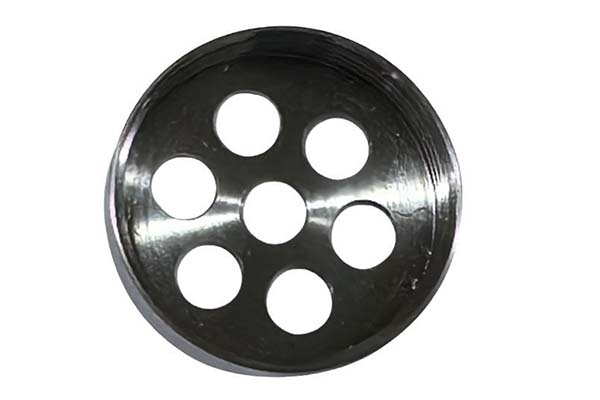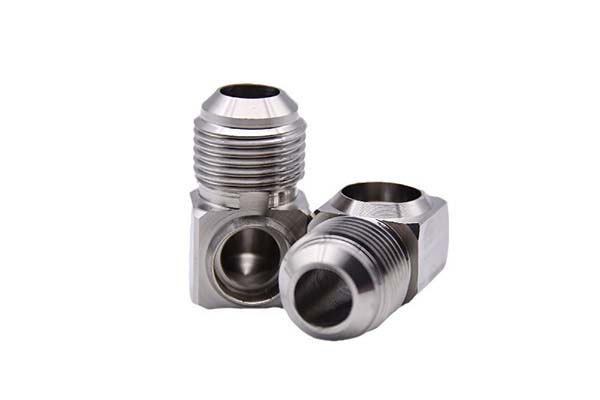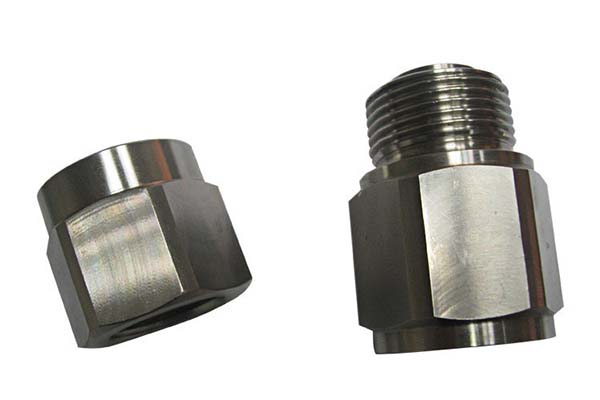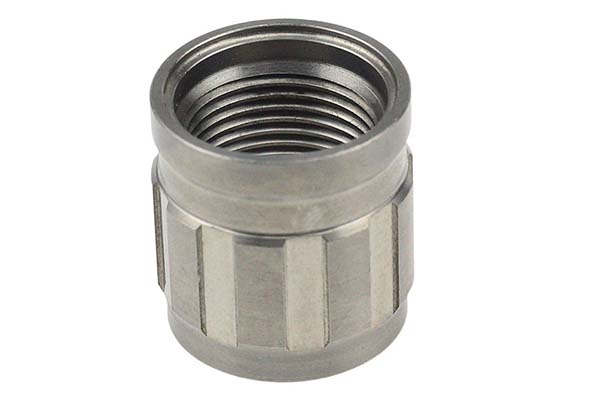C19400 (Iron Copper) is a high-performance alloy widely used in demanding industries, but its unique properties present distinct machining challenges. Its high strength and specific composition mean that ordinary machining approaches often lead to poor tool life, subpar surface finishes, and difficulty maintaining tight tolerances. This guide will address these pain points and provide comprehensive insights into machining C19400 effectively.
Material Profile of C19400 (Iron Copper)
C19400 is a C19400 copper alloy belonging to the Cu-Fe-P system, with a composition of 2.1–2.6 % Fe and 0.015–0.15 % P. This combination gives it exceptional characteristics that set it apart from other copper alloys.
One of its key attributes is being a high-strength copper alloy, making it ideal for applications where mechanical strength is crucial. Despite its strength, it maintains a decent electrical conductivity of 60 % IACS, which is sufficient for many electrical components that also require structural integrity.
In terms of thermal conductivity, C19400 performs well, allowing for efficient heat dissipation in parts like heat sinks. Its stress relaxation resistance is another standout feature, ensuring that components retain their shape and functionality even under prolonged stress, which is vital for relay springs and similar parts.
The fine grain structure of C19400 contributes to its consistent mechanical properties and makes it more predictable during machining. Additionally, it is lead-free, aligning with modern environmental and safety regulations, making it suitable for applications where lead content is a concern.
| Property | C19400 Value |
| Iron Content | 2.1–2.6 % Fe |
| Phosphorus Content | 0.015–0.15 % P |
| Electrical Conductivity | 60 % IACS |
| Key Feature | High-strength, lead-free |
CNC Machining Strategies for C19400
CNC Turning and Milling
CNC turning and CNC milling are common operations for C19400, but due to its high strength, these processes require careful parameter setup. For turning, ensuring a rigid setup is essential to avoid vibration, which can affect surface finish and tool life. In milling, using the right toolpaths and feed rates helps in efficient material removal.
Hard-Turning
Hard-turning is a viable strategy for C19400, as it allows for achieving tight tolerances without the need for secondary grinding. This saves time and reduces costs, especially for parts that require both high strength and precision.
Trochoidal Milling
Trochoidal milling is highly effective for C19400. This technique involves the tool moving in a circular path while advancing, reducing the contact time between the tool and the material. It helps in managing the heat generated during machining, which is important given the alloy's strength, and also extends tool life.
Variable Helix End Mills
Using variable helix end mills improves chip evacuation when machining C19400. The varying helix angle disrupts the chip flow, preventing chips from clumping together and ensuring they are efficiently removed from the cutting area. This is crucial for maintaining consistent cutting conditions and avoiding tool damage.
Coolant Pressure and Balanced Toolholding
Proper coolant pressure is necessary to keep the cutting zone cool and flush away chips. A pressure of 70–100 bar is often recommended for C19400 to ensure effective cooling. Additionally, balanced toolholding minimizes vibration, which is essential for achieving good surface finishes and prolonging tool life, especially in high-speed operations.
High-Feed Roughing and Semi-Finishing Passes
High-feed roughing can significantly reduce machining time for C19400, removing large amounts of material quickly. Following this with semi-finishing passes ensures that the part is brought close to its final dimensions, setting the stage for achieving tight tolerances in the finishing step.
Tooling & Cutting Parameters
Micro-Grain Carbide Inserts and Coatings
Micro-grain carbide inserts are the preferred choice for machining C19400 due to their high hardness and wear resistance. Coatings like AlTiN coating further enhance their performance by reducing friction and increasing resistance to heat, which is crucial given the alloy's strength. PVD coating selection should be based on the specific machining operation, with AlTiN being a versatile option for most cases.
Cutting Speed, Feed, and Depth of Cut
- Cutting speed: For C19400, a 120–180 m/min cutting speed is optimal. This range balances material removal rate with tool life, ensuring efficient machining without excessive tool wear.
- Feed rate: A 0.08–0.18 mm/tooth feed is recommended. This feed rate is aggressive enough for productive machining while still maintaining control over the cutting process.
- Depth of cut: A 0.2–1.5 mm depth of cut works well. Shallower depths are suitable for finishing passes, while deeper cuts can be used in roughing operations, provided the machine and tooling can handle the load.
Rake Angle and Edge Prep
A positive rake angle on the tool helps in reducing cutting forces when machining C19400, making the process more efficient and reducing tool stress. Additionally, honed edge prep on the inserts improves their durability by preventing chipping, which is important when dealing with the alloy's strength.
Tool Life Monitoring
Implementing tool life monitoring is essential for machining C19400. Given the alloy's abrasive nature, tools wear more quickly than when machining softer coppers. Monitoring tool wear allows for timely replacement, preventing poor surface finishes and ensuring consistent part quality.
Surface Finish & Dimensional Control
Ra 0.3–0.6 µm Finish
Achieving a Ra 0.3–0.6 µm finish on C19400 is possible with the right combination of tooling and cutting parameters. Using sharp micro-grain carbide inserts with AlTiN coating, along with appropriate cutting speeds and feeds, helps in achieving this surface finish, which is suitable for most electrical and mechanical components.
Tight Tolerance ±0.01 mm
C19400 can hold tight tolerance ±0.01 mm when machined with precision. This requires a stable machining setup, accurate tooling, and careful control of cutting parameters. It is particularly important for parts like lead frames and semiconductor connectors, where even small deviations can affect performance.
Burr Management and Micro-Blasting
Burr management is crucial for C19400, as the alloy's strength can lead to tough burrs. Using tools with proper edge prep and optimizing cutting parameters helps in minimizing burr formation. For any remaining burrs, micro-blasting is an effective post-machining technique to remove them, ensuring the part is safe to handle and functions correctly.
Surface Roughness Tester and Form Error
Regularly using a surface roughness tester ensures that the surface finish of C19400 parts meets specifications. Checking for form error such as straightness and roundness is also important, as these geometric deviations can affect the part's fit and function.
CMM Validation and Statistical Process Control
CMM validation is essential for verifying the dimensions of C19400 parts, ensuring they meet the tight tolerances required. Implementing statistical process control helps in monitoring the machining process over time, identifying any trends or variations, and making adjustments to maintain consistent quality.
Applications & End-Use Industries
Automotive Terminals and Lead Frames
Automotive terminals benefit from C19400's high strength and good electrical conductivity, ensuring reliable connections in vehicles. Lead frames used in semiconductors also rely on the alloy's ability to hold tight tolerances and provide structural support for delicate electronic components.
Semiconductor Connectors and Relay Springs
Semiconductor connectors require both electrical conductivity and mechanical strength, making C19400 an ideal material. Relay springs leverage the alloy's stress relaxation resistance, maintaining their spring properties over long periods of use.
Power Contacts and Battery Tabs
Power contacts in electrical systems need to withstand high currents and mechanical stress, which C19400 can provide. Battery tabs for various devices also use the alloy for its combination of conductivity and strength, ensuring efficient power transfer and durability.
Heat Sinks and Telecom Jacks
The thermal conductivity of C19400 makes it suitable for heat sinks in electronic devices, efficiently dissipating heat. Telecom jacks benefit from its strength and conductivity, ensuring reliable communication connections.
High-Reliability Electronics
In high-reliability electronics applications, where performance and durability are critical, C19400 is a preferred material. Its consistent properties and ability to withstand harsh conditions make it a reliable choice for these demanding environments.
Yigu Technology specializes in machining C19400 (Iron Copper) with precision and expertise. We understand the unique challenges of this alloy and use advanced tooling, optimized parameters, and strict quality control to deliver parts that meet the highest standards. Whether for automotive, semiconductor, or telecom industries, we ensure your C19400 components have the right surface finish, tight tolerances, and reliable performance.
FAQs
- How does C19400 compare to C14500 in terms of strength?
- C19400 is significantly stronger than C14500, making it better suited for applications requiring high mechanical strength. However, C14500 has higher electrical conductivity and better machinability.
- Can C19400 be machined with high-speed techniques?
- While C19400 can be machined at moderate speeds (120–180 m/min), high-speed machining (above 200 m/min) is not recommended as it can cause excessive tool wear due to the alloy's strength and abrasiveness.
- What is the best way to prevent tool chipping when machining C19400?
- Using micro-grain carbide inserts with honed edge prep and AlTiN coating, along with maintaining proper cutting parameters (avoiding excessive depth of cut), helps prevent tool chipping.
